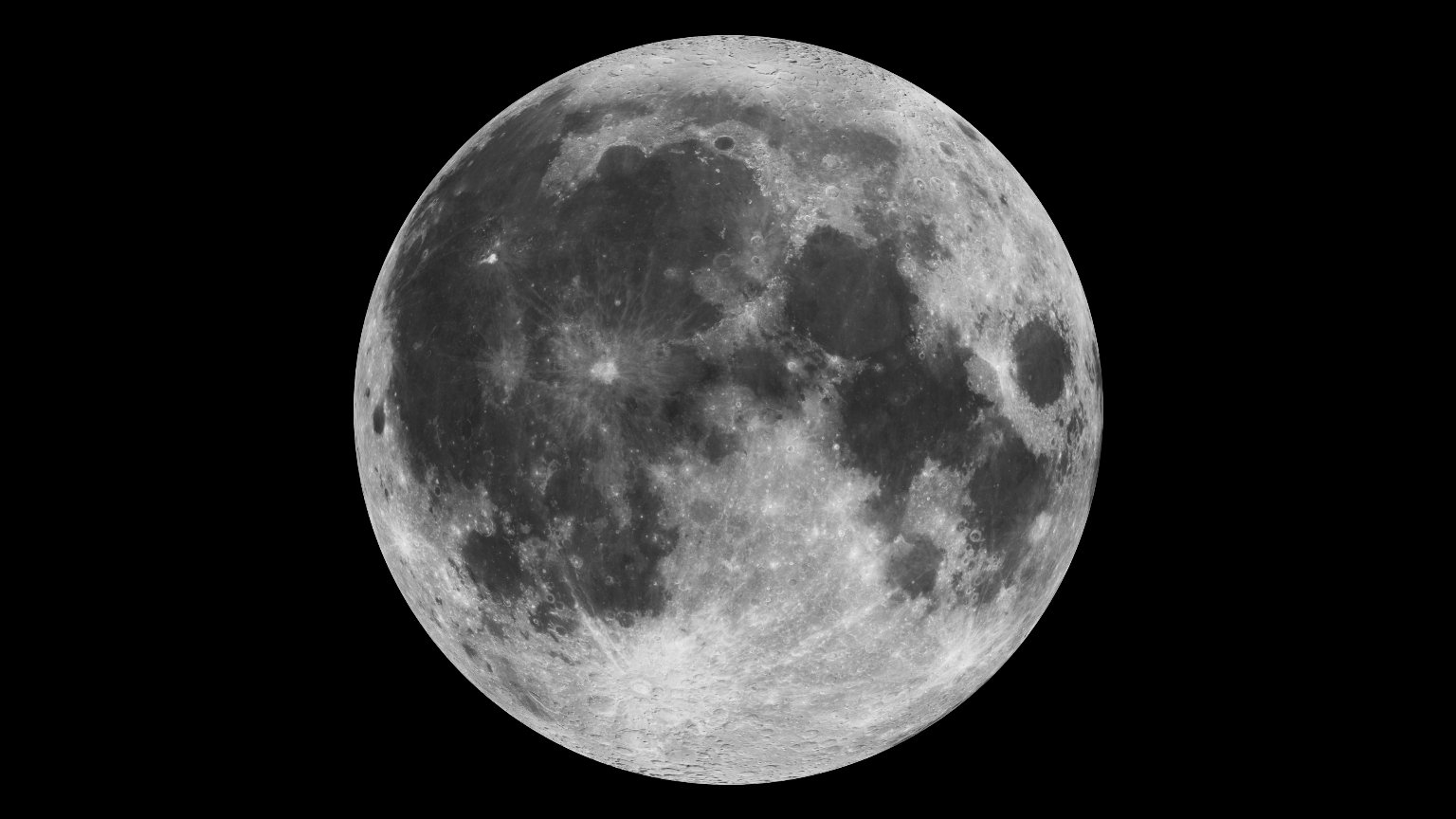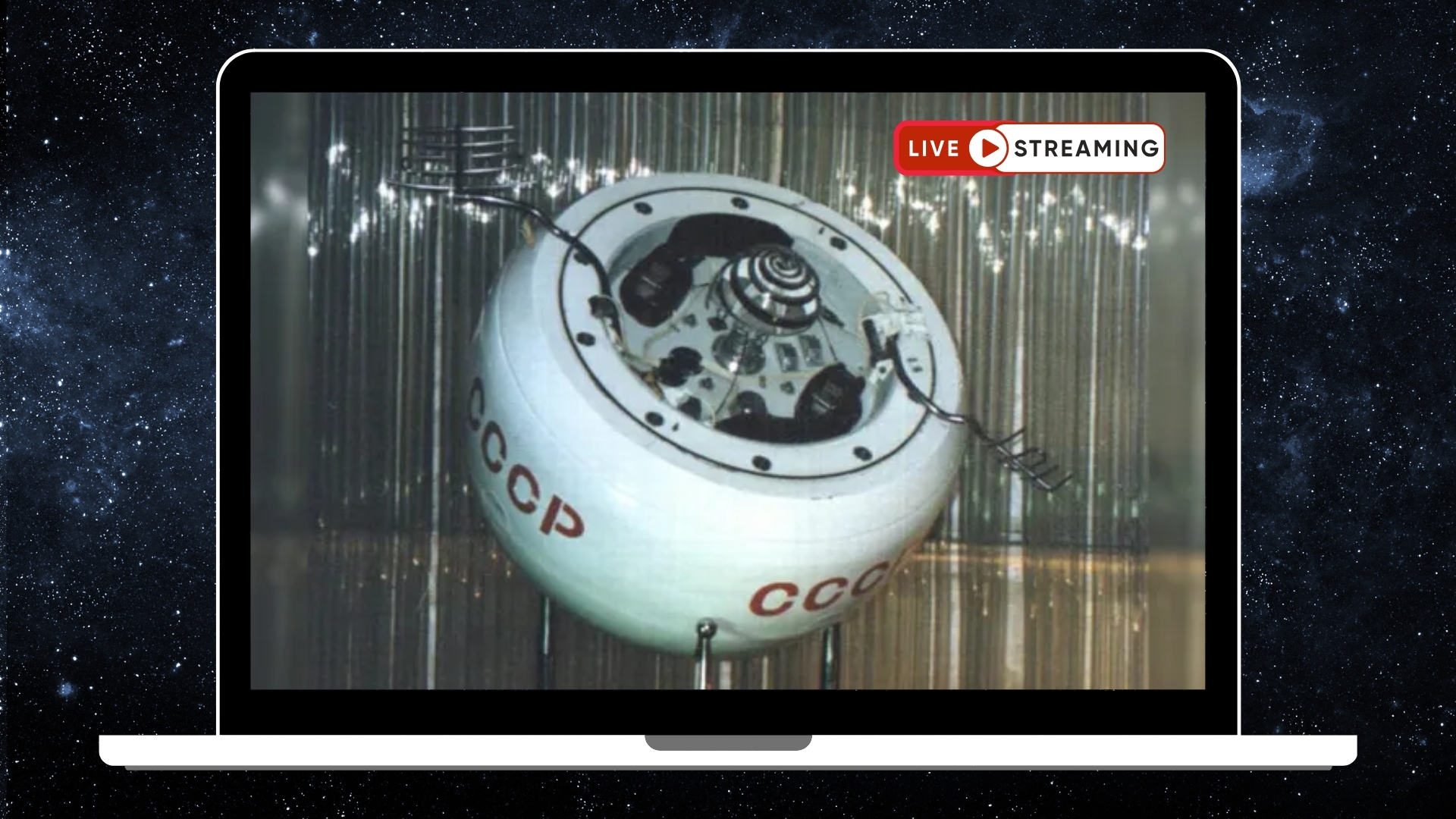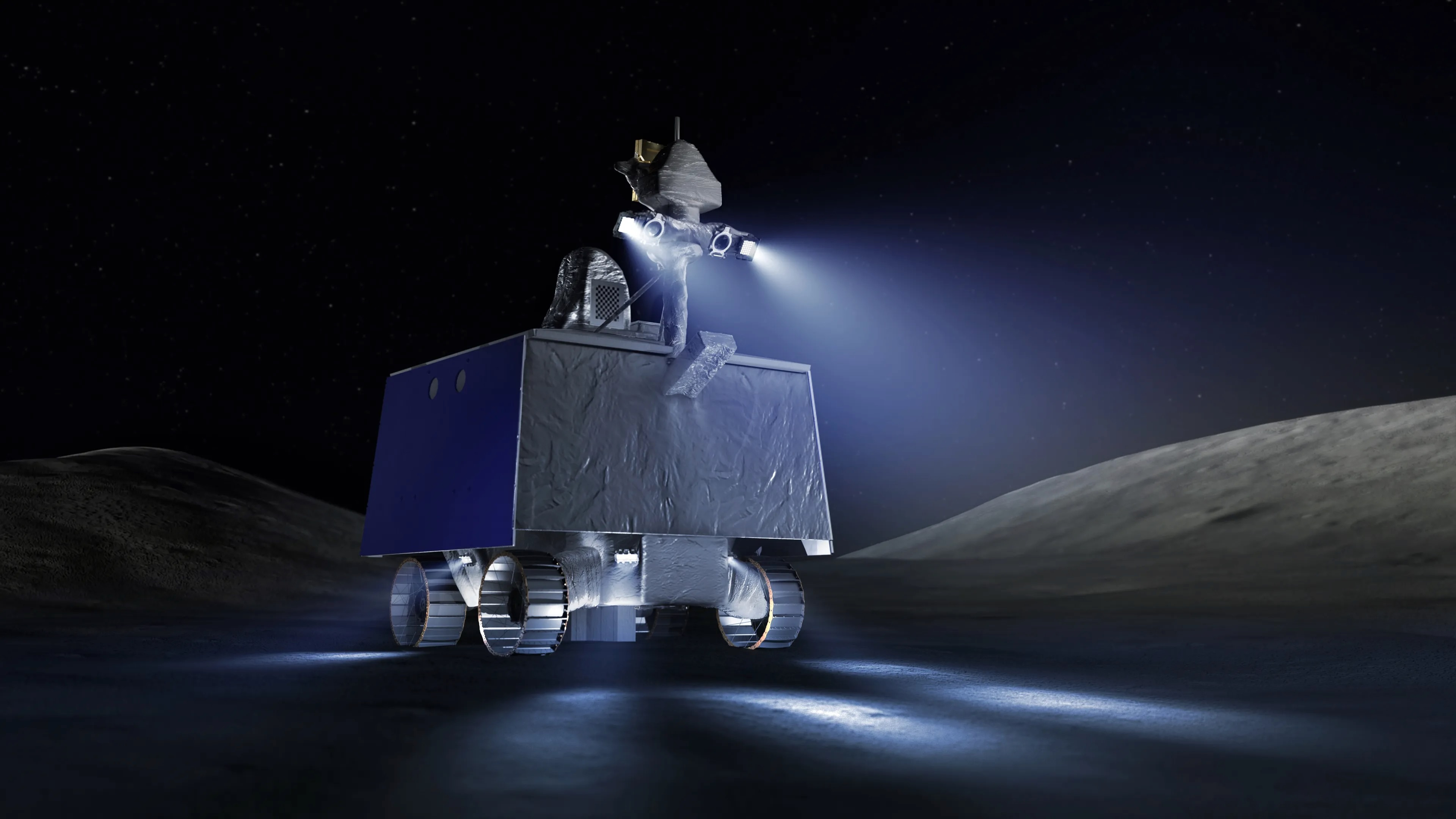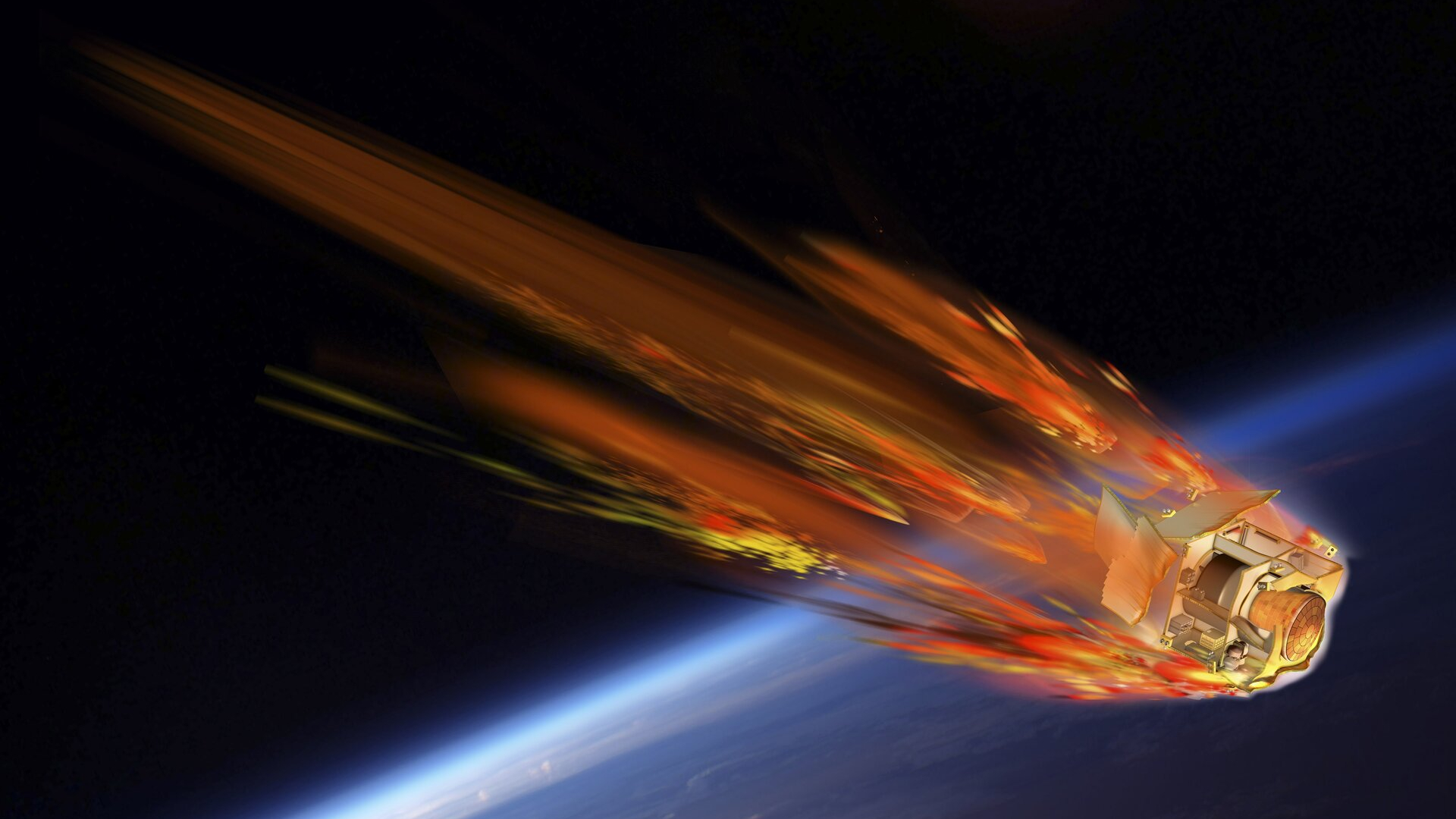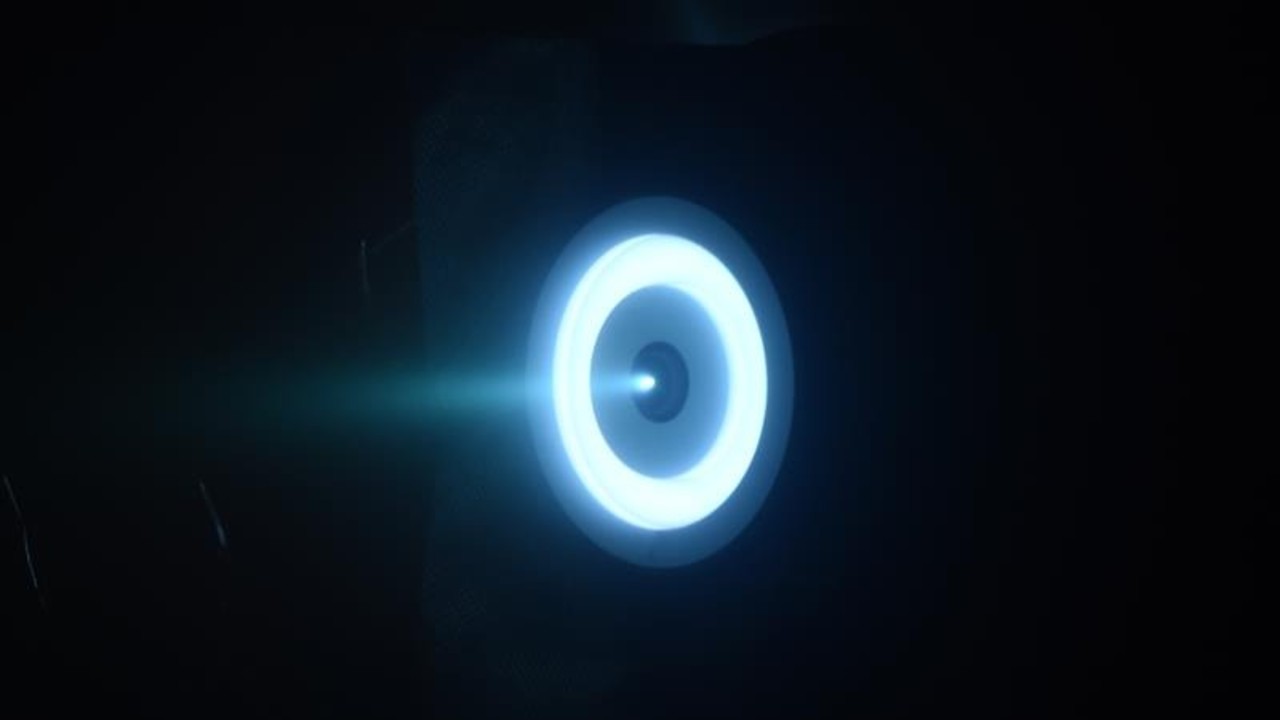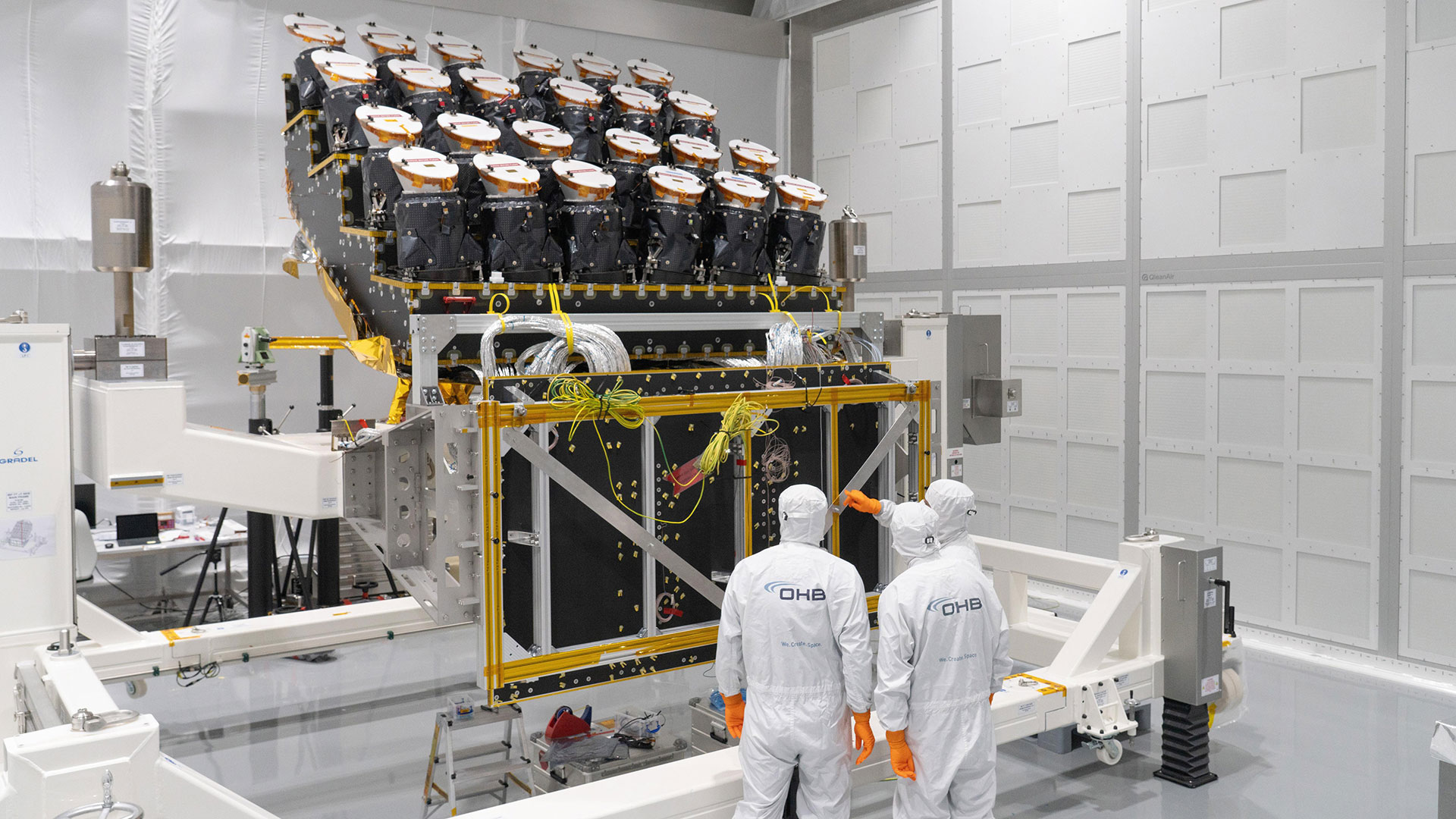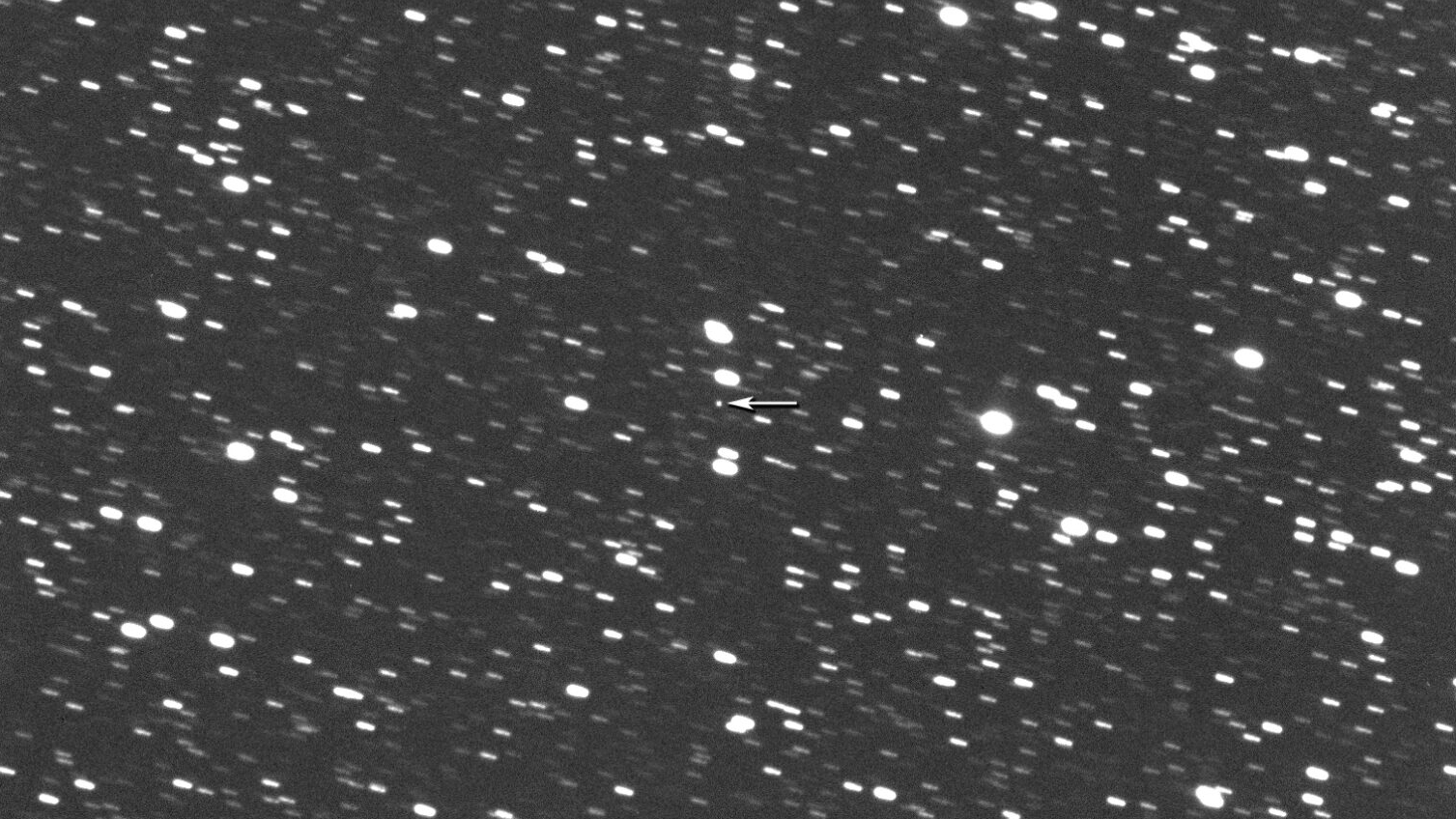Prometheus Pre-empted? New Nuclear Fission Missions Evaluated
NASA is reviewing a list of fission-powered missions that could pre-empt the Jupiter Icy Moons Orbiter (JIMO) effort now being eyed for space travel no sooner than 2015.
A special study team has identified six potential candidate missions that could be done sooner, have shorter mission durations, and would be far less difficult to implement.
JIMO hasbeen touted as the flagship mission for Project Prometheus. JIMO would be thespace agency's firstmission using nuclear electric propulsion. In September, NASA selected Northrop Grumman Space Technology as the contractor for the proposedPrometheus JIMO spacecraft.
The Prometheus JIMO missionhas been billed as part of an ambitious mission to orbit and explore threeplanet-sized moons -- Callisto, Ganymede and Europa -- of Jupiter. The moonsmay have vast oceans beneath their icy surfaces. A nuclear reactor would enablethe mission.
JIMO would orbit each icy world to perform extensive investigations of their composition, history, and potential for sustaining life.
However, an analysis of alternative mission ideas was completed last month at the JetPropulsion Laboratory in Pasadena, California. The six ideas are:
TechnologyDemonstration Mission to test fission power system in deepspace with no specific science goal or destination.
Get the Space.com Newsletter
Breaking space news, the latest updates on rocket launches, skywatching events and more!
LunarGeophysical Orbiter that in extended mission mode couldserve as a telecom asset for future lunar missions.
Next Generation Mars Telecommunications Station.
Near Earth Object (NEO) Asteroid Missionthat would involve stopovers at multiple objects, perhaps landing hardware on aNEO to assess the ability to modify the trajectory of a celestial body.
Venus Orbiter, more like a Magellan II spacecraftthat would carry out low altitude runs over the cloudy planet withstate-of-the-art radar.
Astrophysics Mission that would use high powerlevels from a fission power source, likely sending collected scienceinformation at very high data rates.
Inaddition to these missions, a Europa Orbiter mission for a 2012 launch, usingchemical propulsion, would have the spacecraft energized by radioisotope power system (RPS) technology.
Further work on fleshing out these candidate ideas will be undertaken by the JPL-led study group, looking at variants and options for each mission.
Join our Space Forums to keep talking space on the latest missions, night sky and more! And if you have a news tip, correction or comment, let us know at: community@space.com.

Leonard David is an award-winning space journalist who has been reporting on space activities for more than 50 years. Currently writing as Space.com's Space Insider Columnist among his other projects, Leonard has authored numerous books on space exploration, Mars missions and more, with his latest being "Moon Rush: The New Space Race" published in 2019 by National Geographic. He also wrote "Mars: Our Future on the Red Planet" released in 2016 by National Geographic. Leonard has served as a correspondent for SpaceNews, Scientific American and Aerospace America for the AIAA. He has received many awards, including the first Ordway Award for Sustained Excellence in Spaceflight History in 2015 at the AAS Wernher von Braun Memorial Symposium. You can find out Leonard's latest project at his website and on Twitter.
